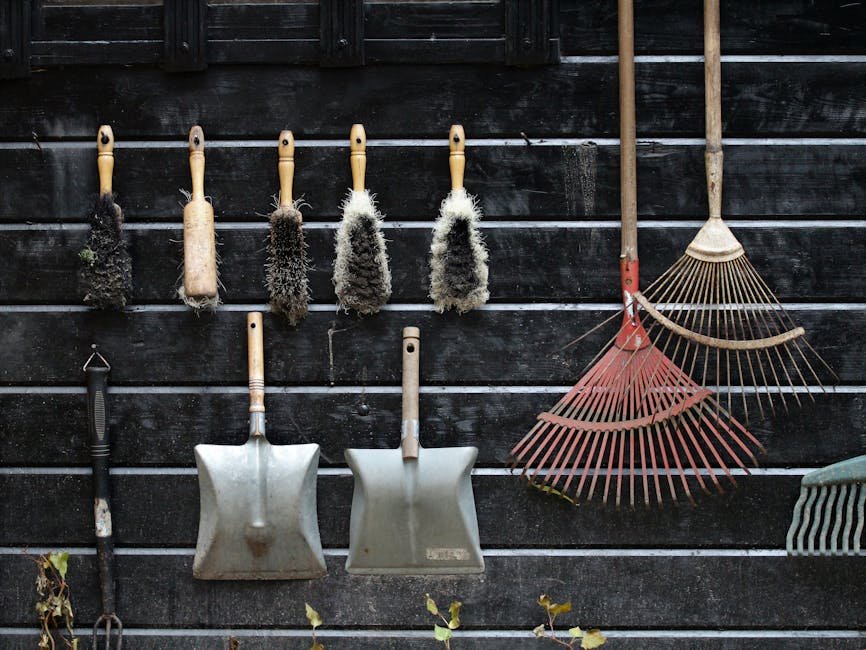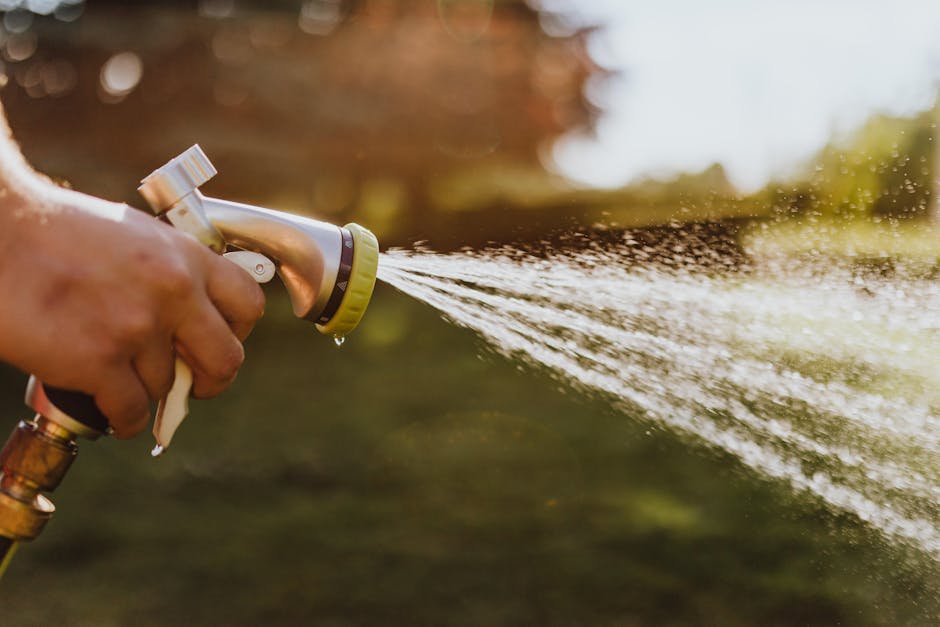Learn to Remove Stubborn Garden Hoses Without Damaging Your Plumbing System
🛒 Shopping List
- Lubricating oil (€3–€7)
- Vinegar (€1–€3)
- Warm water (Free)
- Protective cloth or towels (€2–€5)
✅ Outcome
- Professional finish with safe anchoring.
- Beginner-friendly, clean tools list.

Removing a stubborn garden hose can be frustrating, especially if you’re worried about damaging your plumbing system. Whether it’s stuck due to rust, debris, or simply time, this guide will provide you with clear steps and tips to safely remove your hose without causing harm. Let’s dive into the materials, tools, and methods you’ll need to successfully detach your hose.
Materials
- Lubricating oil (WD-40 or similar)
- Vinegar (for cleaning)
- Warm water
- Protective cloth or towels
Tools
- Pliers
- Adjustable wrench
- Flathead screwdriver
- Bucket
- Garden hose adapter (if necessary)
Steps
- Assess the Situation: Before doing anything, inspect the hose connection to see if there are any visible signs of damage or corrosion. This will help you determine the best approach.
- Apply Lubricant: Spray a generous amount of lubricating oil around the threaded area where the hose connects to the tap or fitting. Let it sit for about 10-15 minutes to penetrate and loosen any rust or debris.
- Use Warm Water: While waiting for the lubricant to work, heat some water until it is warm (not boiling). Carefully pour the warm water over the connection. The heat can help expand the metal and loosen the hose further.
- Begin Loosening the Connection: Use an adjustable wrench to grip the hose fitting securely. Turn it counterclockwise with gentle pressure. If it doesn’t budge, apply more lubricant and try again.
- Use Pliers for Stubborn Hoses: If the hose remains stuck, use a pair of pliers to grip the hose itself (not the fitting). Carefully twist and pull the hose while attempting to loosen the fitting at the same time.
- Insert a Screwdriver: If the hose fitting has a set screw, use a flathead screwdriver to loosen it. Be cautious not to strip the screws or damage the fitting.
- Check for Breakage: If the hose still won’t come off, check for any breaks or cracks in the hose itself. If the hose is damaged, you may need to cut it off with a utility knife, but only as a last resort.
- Clean the Area: Once the hose is removed, clean any debris or residue from the fitting using vinegar and a cloth. This will help maintain the integrity of your plumbing system.
- Inspect the Fitting: Check for any signs of damage to the tap or fitting. If everything looks good, proceed to reattach your new hose or leave the connection open if not in use.
Maintenance Tips
To prevent future issues, regularly check your hoses for wear and tear. Store hoses properly during winter months to avoid freezing and cracking. Use hose protectors on fittings to minimize damage from kinked hoses.
Safety
- Always wear gloves to protect your hands from sharp edges and debris.
- Use safety goggles to shield your eyes from any splashes of lubricant or debris.
- Ensure the area is dry to prevent slips and falls.
FAQ
Q? What should I do if my hose is stuck at the faucet?
A. Follow the same steps as above. Apply lubricant, use warm water, and try to gently twist the hose before using tools to help.



